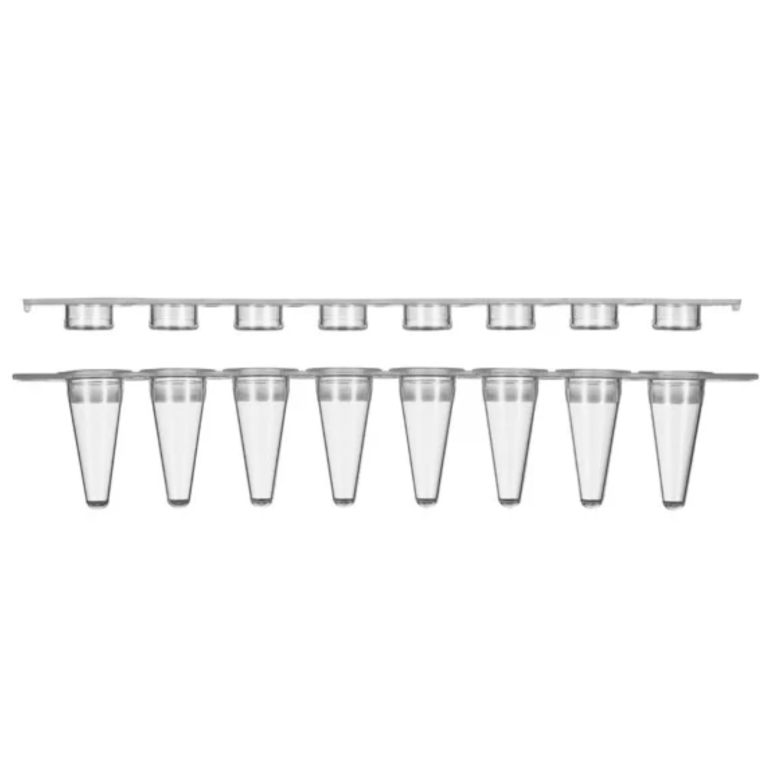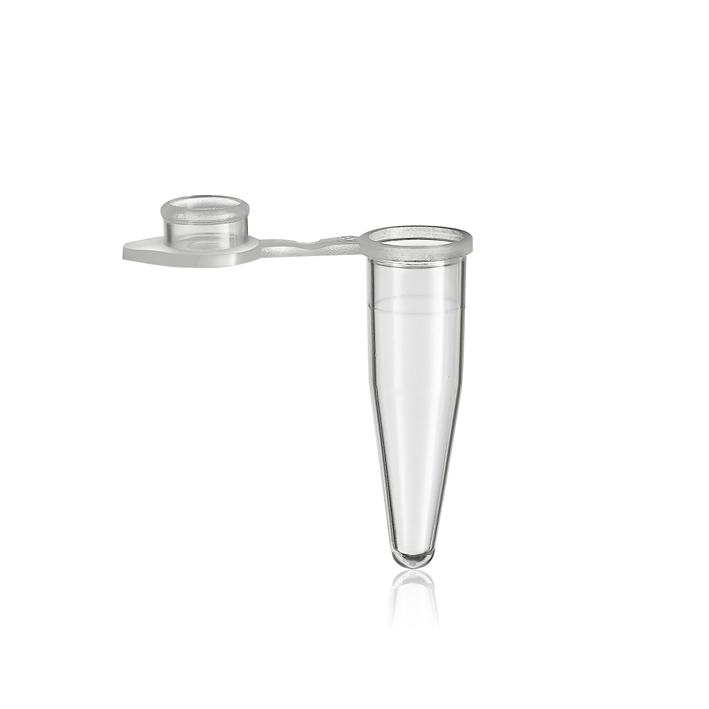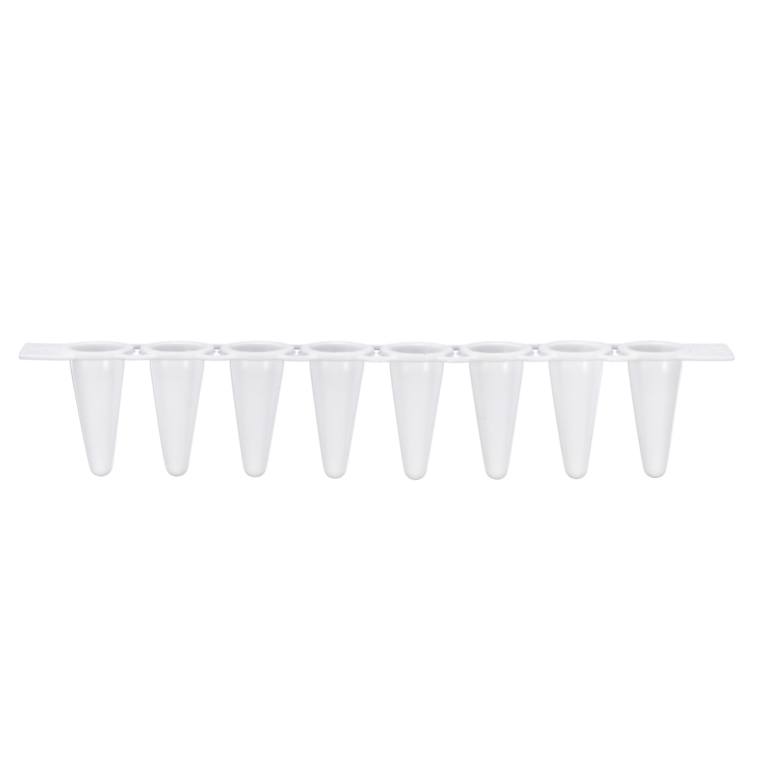A serological pipette is a laboratory instrument used for accurately measuring and transferring volumes of liquid. It is commonly used in biological and chemical laboratories for tasks such as cell culture, sample preparation, and other liquid handling applications. Here’s a general guide on how to use a serological pipette:
- Select the Appropriate Pipette:
- Serological pipettes come in various sizes, typically ranging from 1 mL to 25 mL or more. Choose the pipette size that is appropriate for the volume of liquid you need to transfer.
- Prepare the Pipette:
- Ensure the pipette is clean and in good condition. If needed, attach a disposable, sterile pipette tip that corresponds to the size of the pipette.
- Set the Volume:
- Serological pipettes are often adjustable, allowing you to set the desired volume. Use the volume adjustment mechanism on the pipette to set the volume you need to transfer.
- Draw Liquid Into the Pipette:
- Immerse the tip of the pipette into the liquid. Depress the plunger to the first stop (the first stop is the “first mark” on the pipette), and then immerse the tip just below the liquid surface.
- Aspirate the Liquid:
- Slowly release the plunger to draw the liquid into the pipette. Make sure the liquid rises to the calibrated mark on the pipette corresponding to the desired volume.
- Transfer the Liquid:
- Lift the pipette out of the liquid container and move it to the destination container. Hold the pipette vertically and slowly depress the plunger to the first stop to expel the liquid. If your pipette has a second stop, go to the second stop for complete dispensing.
- Dispense the Residual Liquid:
- To ensure accurate dispensing, touch the pipette tip to the inside wall of the receiving container and wait a moment before fully releasing the plunger.
- Eject the Pipette Tip (if applicable):
- If you’re using disposable tips, eject the tip into a proper waste container. This helps prevent cross-contamination between samples.
- Clean and Store:
- Rinse the pipette with an appropriate solution or water, and ensure it is clean before storing. Some pipettes may require autoclaving for sterilization.
Remember to follow any specific instructions provided by the manufacturer for the particular serological pipette you are using. Always adhere to good laboratory practices and safety guidelines while working with laboratory equipment.



